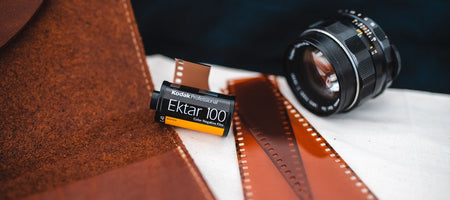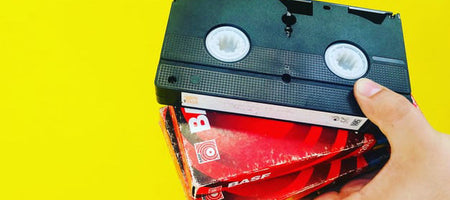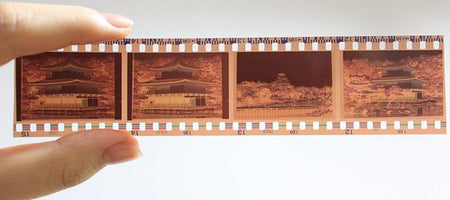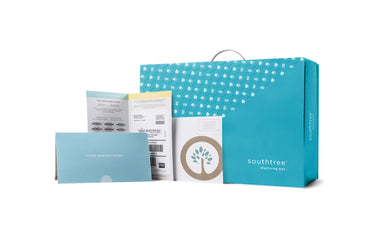Ah, Thanksgiving. A holiday where we gather family, eat enough food for a small army, tune into the parade, nap while watching football, and count our blessings for the people and things we value in our lives.
But where did it all originate?
For that, we time travel back to an era before English settlers ever called America home – before the Mayflower ever hit shore. Before America was America, the Wampanoag tribe resided in what is now present day southeastern Massachusetts and Rhode Island. For more than 10,000 years, the Wampanoag people fished, hunted and harvested the land for generations.
The First Meetings
In 1620, about 100 Protestants fled from England and its religious persecution to start fresh in a ‘New World.’ By the time this first Plymouth colony settled into the coastal area, the Wampanoag had already encountered other European settlers. As a result, they were familiar with the English people and some of their customs and language.
Only the settlers didn’t quite experience as smooth of a fresh start as they intended. The supplies they brought from England were insufficient, and with winter quickly approaching, they weren’t prepared on how to adequately provide for themselves. The hunting and fishing was different and the soil was difficult to cultivate the crops they were accustomed to growing.
Enter the Wampanoag, more specifically a former Patuxet tribesman residing with the Wampanoag named Samoset, better known as Squanto.
Squanto was already familiar with previous English settlers and knew the language. He came to the settlers’ aid by teaching them where to find nuts and berries, how to grow corn and use fish to fertilize their fields for a more bountiful crop. After several encounters, a relationship between the Wampanoag and the settlers emerged and a formal agreement was made between the groups in March of 1621 to help protect each other from other native tribes.
The First Thanksgiving
Unlike childhood history books paint it, the first Thanksgiving was more of an accident than a planned event. Historical accounts state that one fall day the Wampanoag heard settler gunshots nearby and began preparing for war. Wampanoag leader, Chief Massasoit, gathered nearly 100 of his men and went to the English settlement ready for battle. But when they arrived, he and his men soon realized the English were only hunting and celebrating for their own small harvest celebration.
Moods quickly changed, and to contribute Massasoit sent a small group of his own men to hunt for the feast – the result became a three-day celebration between English and native men, women and children. The menu consisted of deer, corn and shellfish, among other foods – far different than the turkey, stuffing and potatoes that have since become American staples.
While the first thanksgiving was a feast, it was much more than that. It was a celebration that included ball games (it wasn’t football, but still), dancing and singing. And while prayers and thanks were probably offered by both parties for war victories and the end of droughts in the 1621 celebration, the first recorded religious Thanksgiving Day was etched into history books two years later in 1623.
Unfortunately, the peaceful celebrations of the Wampanoag and the settlers only lasted a generation. As Thanksgiving has since become an American tradition to count our blessings, the opposite can be said for the Wampanoag. To them, Thanksgiving is anything but a time for thanks. It’s a reminder of betrayal and bloodshed by their English brethren. Talk about putting things into perspective, right?
Today’s traditions
Since 1789, a form of thanksgiving was celebrated on and off by colonies and states after Congress requested a proclamation by George Washington.
It wasn’t until the 19th century that the Thanksgiving we all know and love started to take shape. In 1846, Sarah Josepha Hale, editor of the magazine Godley’s Lady’s Book, discovered a passage about the 1621 harvest gathering and began campaigning for an annual national Thanksgiving holiday.
Fast forward about 20 years, and President Abraham Lincoln officially declared two national Thanksgivings in America in 1863; one in August to honor the Battle of Gettysburg and one on the last Thursday of November to give thanks for our blessings. Just one more reason to tip your cap to good ol’ Abe.
Did you know?
- The original Thanksgiving meal looked a lot different than it does today with a menu that included corn, deer and shellfish.
- Settlers didn’t wear big, silver square buckles on their shoes. They also didn’t wear black, somber clothing.
- The Native Americans didn’t wear big headdresses or blankets over their shoulders.
- The settlers never called themselves pilgrims. It was a term later given to the settlers to indicate their religious flight – their pilgrimage – to New England.
- The land where the Plymouth colony settled was the former dwelling of the Patuxet, Squanto’s tribe that was nearly wiped out due to a previous European plague













